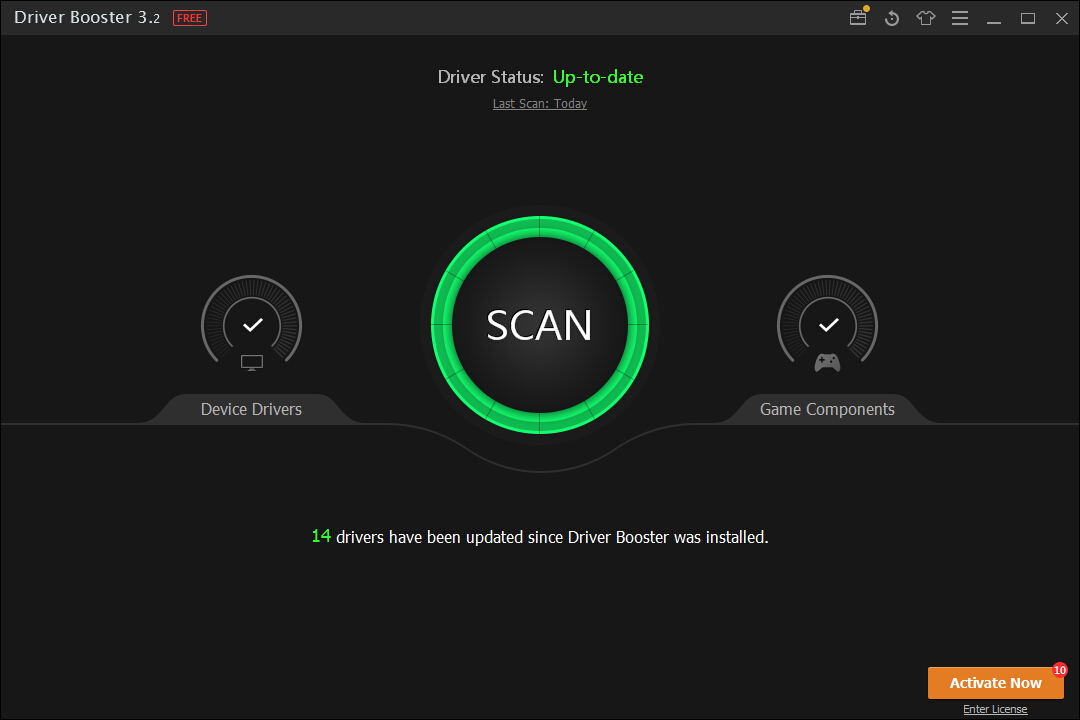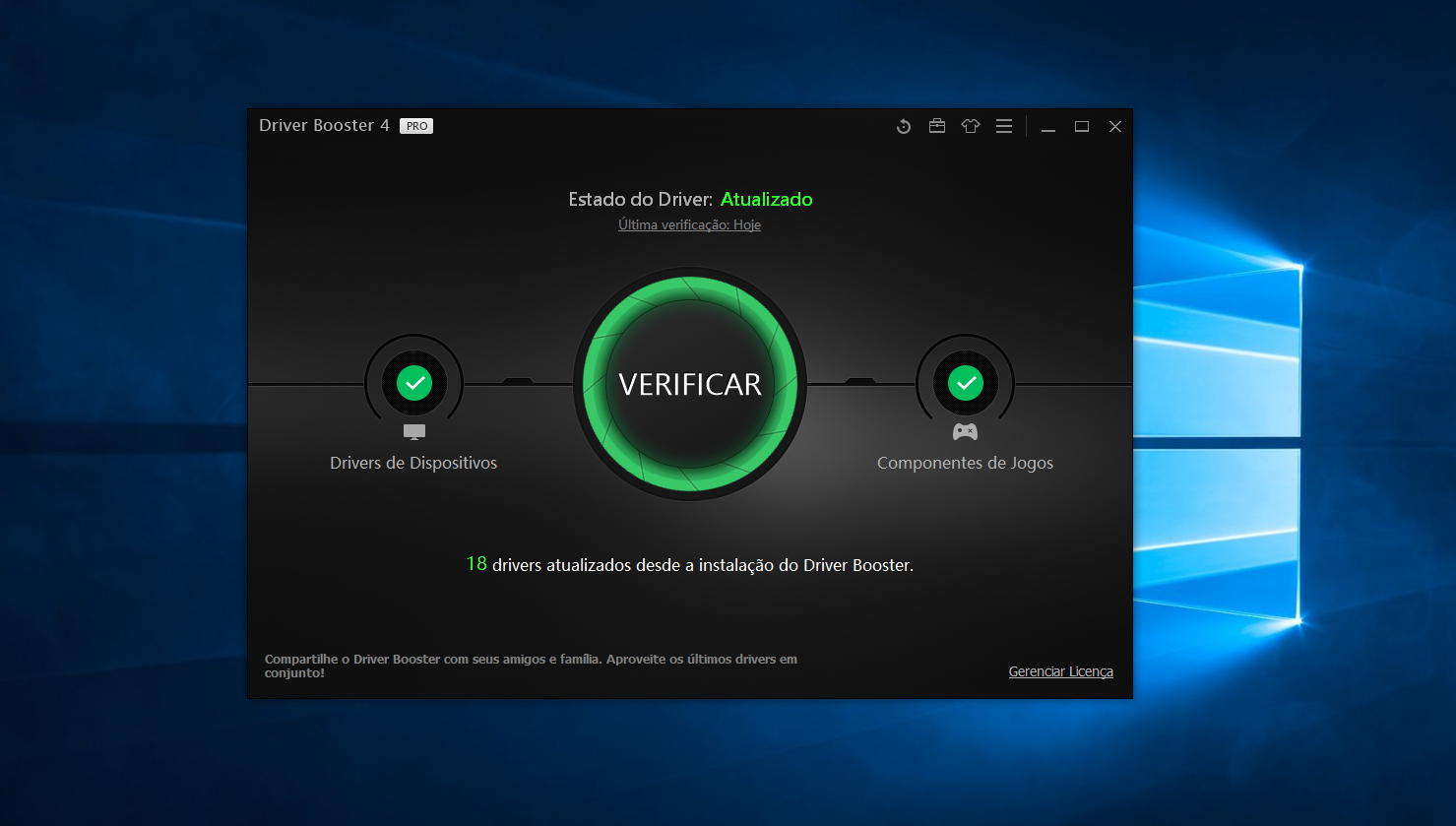

These sensors however, like radar and video sensors, capture and upload relevant data from the flow of traffic to a cloud server where the high-resolution maps are created on the fly and forwarded to all connected vehicles in the respective area. These maps provide the vehicles with information on changing traffic situations, such as traffic jams or construction sites, which go beyond the detection range of the on-board sensors. The force delivered by the amplifier is converted into hydraulic pressure in a standard master brake cylinder.Įlectronic Maps (Fig 6): Without high-resolution maps updated in realtime, there will be no automated driving. The control unit calculates the control signals for the electric motor which converts its torque into the required supporting force via a two-stage transmission. With this system, the actuation of the brake pedal is detected via an integrated pedal travel sensor and forwarded to the control unit. It is suitable for all drive designs and is particularly suited for hybrid and electric vehicles. 5): With the iBooster, Bosch has developed a vacuum-independent, electromechanical brake booster that meets the requirements of a modern braking system. Virtual and real vision seem to merge at a distance of approximately two meters in front of the vehicle.

At the same time, the generated image is inserted into the scene outside of the car. Head-up displays bring information such as speed, navigation and warnings directly in the driver’s field of view. The display-based instrument cluster offers maximum flexibility in processing. With its display instruments, Bosch is delivering appropriate solutions.
#Ibooster drivers driver
The driver must be able to intuitively understand and control the system. 4): Automated driving is affecting the way to operate vehicles and demands appropriate concepts for the communication between driver and vehicle. Bosch offers ESP in a modular design kit that includes appropriate systems for multiple sets of different requirements and environments. Without the driver being required to intervene, the ESP and the electromechanical brake booster iBooster can independently decelerate the car. In order to ensure the greatest possible availability in case of a failure, a safety feature in the form of redundancy is required. As soon as the task of driving is handed over to the electronic controls, particularly high requirements apply to on safety-relevant systems such as the brake. 3): A pivotal role for automated driving is the Electronic Stability Program. With this technology, car makers can meet the failsafe performance requirements set by the US Department of Transportation and the US Federal Highway Traffic Safety Association, for example, in their Federal Automated Vehicles Policy.ĮSP (Fig. Thus, in the rare event of a fault, at least 50 percent of the electric steering assistance can be provided. The fail-operational capability allows the driver or the automated driving car to maintain the necessary steering functions also at a fall-back level.


A key technology for automated driving is the fail-safe electrical steering.


 0 kommentar(er)
0 kommentar(er)
